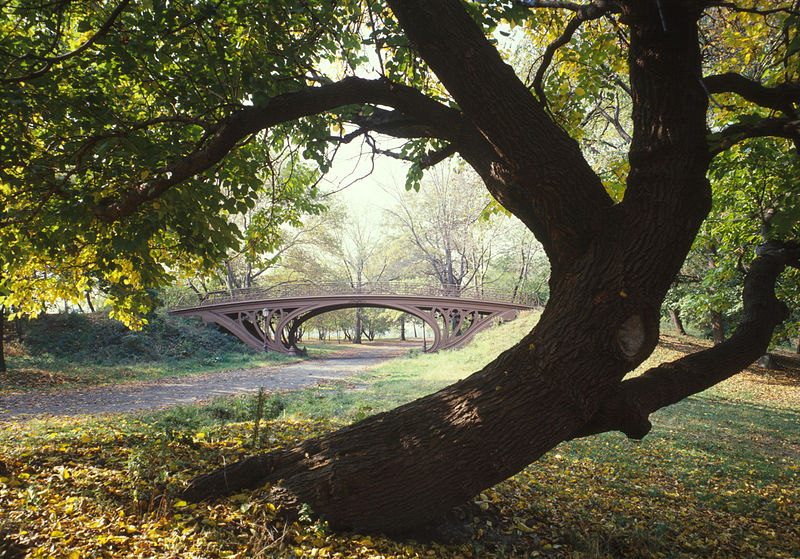To provide observations and information on the emerging fields of landscape scale conservation, heritage preservation, and sustainable community development.
Newsletter
Stay up-to-date with the latest nature, culture and community news.
We won’t spam you or share your information. Newsletters are sent approximately 10 times a year. Unsubscribe at any time.

Compare and Contrast: ICOMOS General Assembly and World Parks Conference
Last month (November 2014) was a very busy moment for World Heritage. At almost the same time, but half way around the globe, ICOMOS held their 18th triennial General Assembly in Florence Italy and IUCN held their once in a decade congress World Parks Congress in Sydney Australia. A few enterprising individuals managed to make an appearance at both meetings, but as is often the case the forces of culture and the forces of nature were far, far apart.

Reading the Tea Leaves: What can we learn from Australia and Canada?
Do the recent midterm elections in the United States signal a change in the nation’s heritage policies? To read the tea leaves, we might look to the fate of parks and heritage conservation programs in Australia and Canada – where conservative governments have recently been in power. In the past, both countries had a track record of innovative heritage programs – developing world class historic sites, new approaches to the recognition of indigenous cultural values and strong interpretation of history and nature. So what has been the impact of the fiscal belt tightening of Prime Minister Tony Abbott of Australia and Prime Minister Stephen Harper of Canada?

New York State’s Recreational Areas Deserve Spotlight
New York State has played a pivotal role in shaping the history of conservation in the United States. The Adirondack Park, Central Park, and the Hudson River Greenway, among other sites, have all influenced patterns of protected area management, as did the state’s innovative urban cultural parks (now heritage areas) program.

Compare and Contrast: ICOMOS General Assembly and World Parks Conference
Last month (November 2014) was a very busy moment for World Heritage. At almost the same time, but half way around the globe, ICOMOS held their 18th triennial General Assembly in Florence Italy and IUCN held their once in a decade congress World Parks Congress in Sydney Australia. A few enterprising individuals managed to make an appearance at both meetings, but as is often the case the forces of culture and the forces of nature were far, far apart.

Reading the Tea Leaves: What can we learn from Australia and Canada?
Do the recent midterm elections in the United States signal a change in the nation’s heritage policies? To read the tea leaves, we might look to the fate of parks and heritage conservation programs in Australia and Canada – where conservative governments have recently been in power. In the past, both countries had a track record of innovative heritage programs – developing world class historic sites, new approaches to the recognition of indigenous cultural values and strong interpretation of history and nature. So what has been the impact of the fiscal belt tightening of Prime Minister Tony Abbott of Australia and Prime Minister Stephen Harper of Canada?

New York State’s Recreational Areas Deserve Spotlight
New York State has played a pivotal role in shaping the history of conservation in the United States. The Adirondack Park, Central Park, and the Hudson River Greenway, among other sites, have all influenced patterns of protected area management, as did the state’s innovative urban cultural parks (now heritage areas) program.


